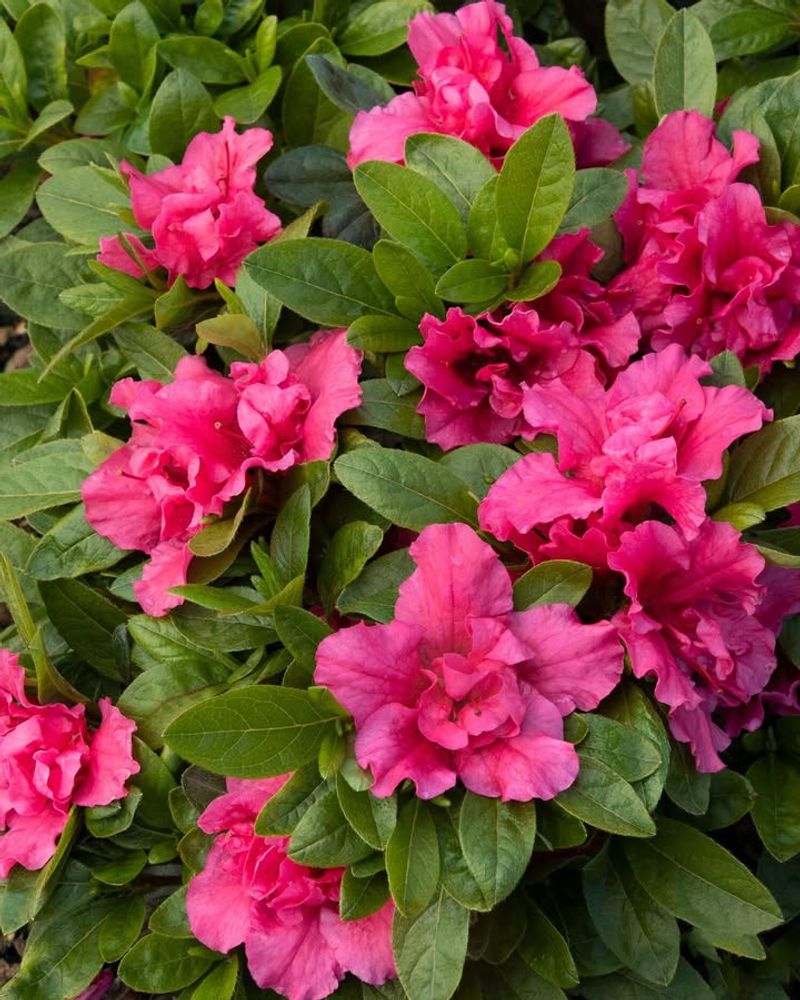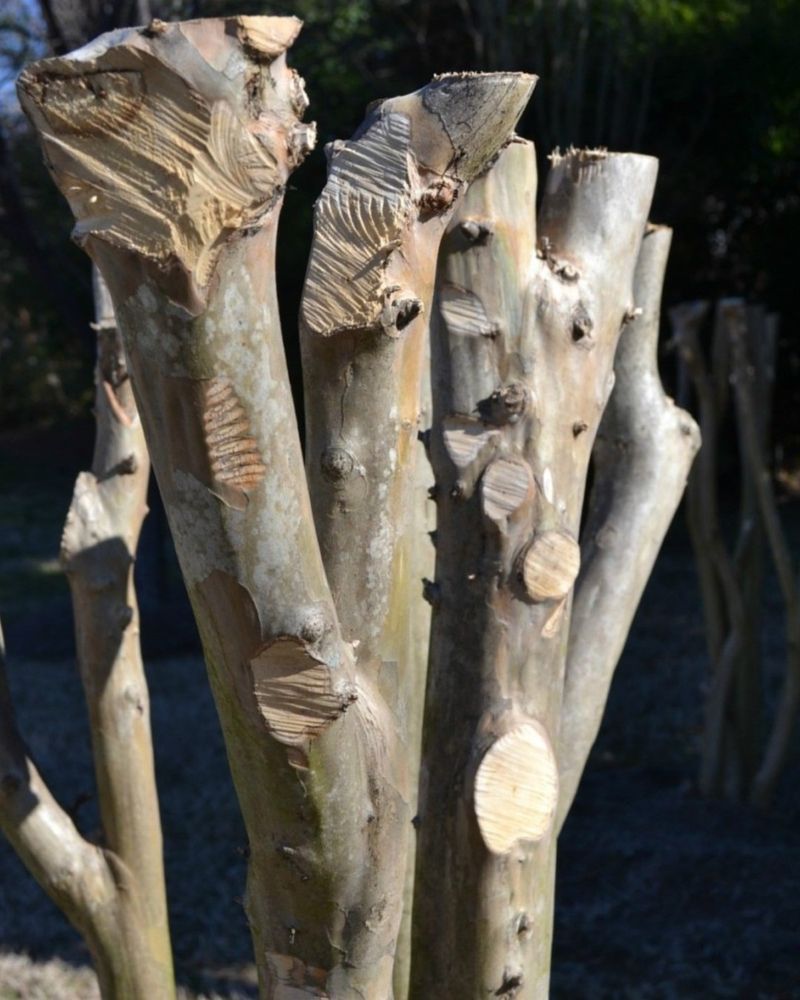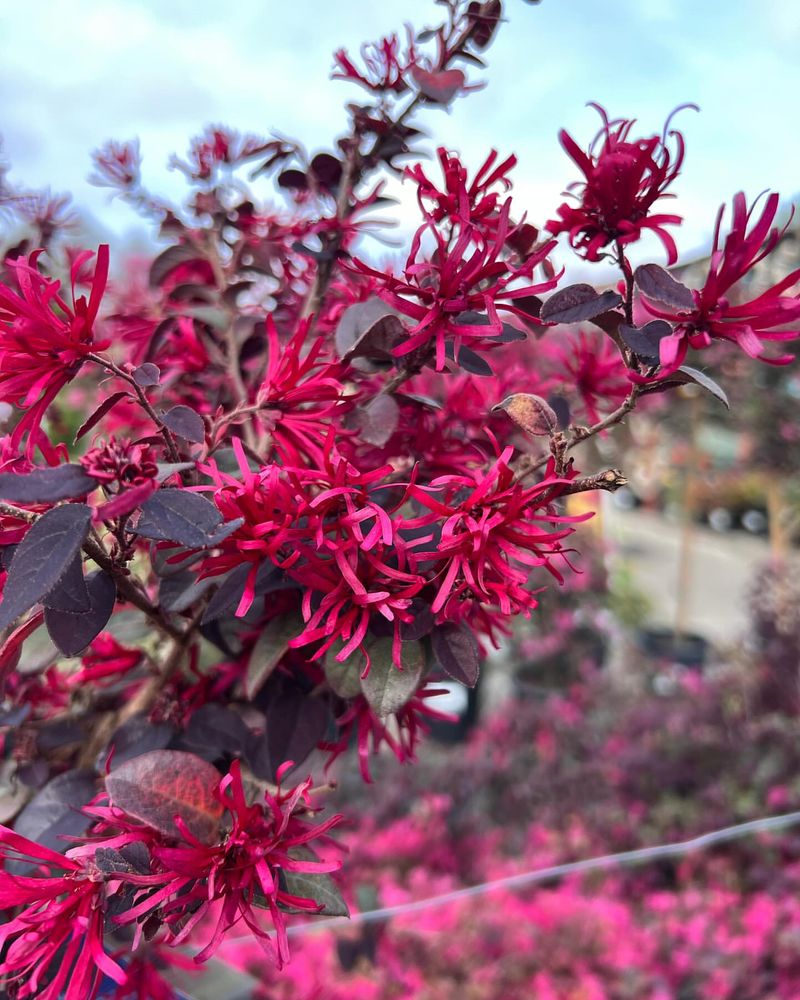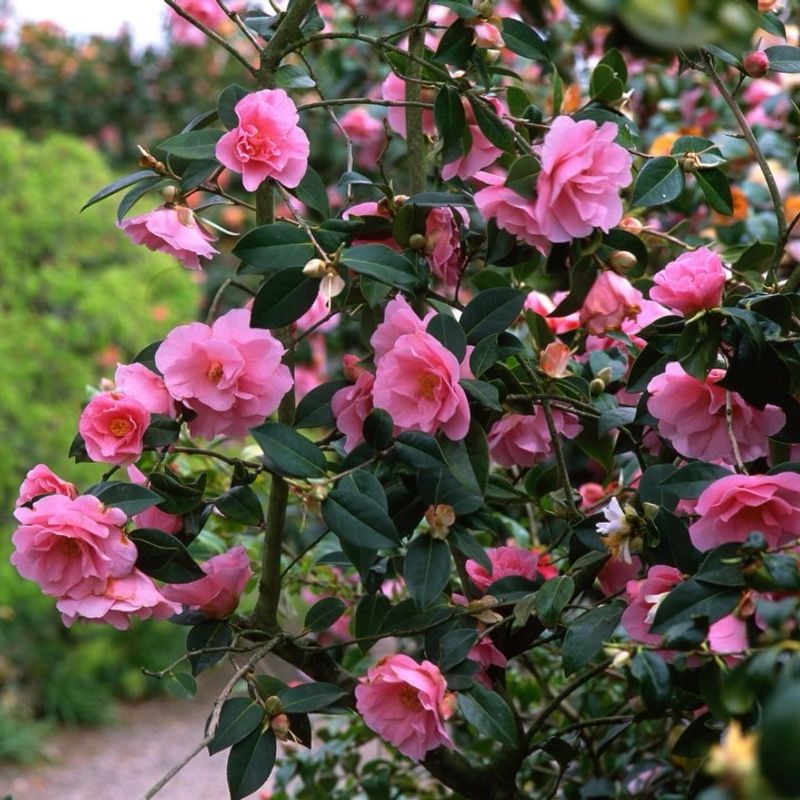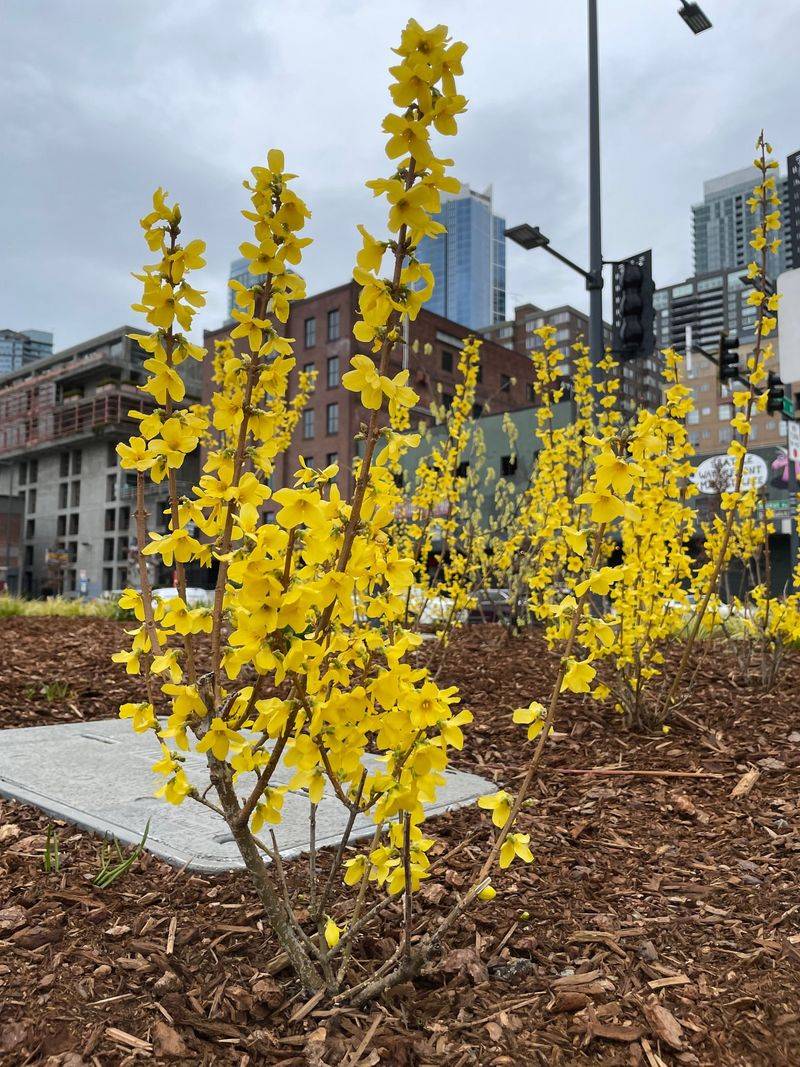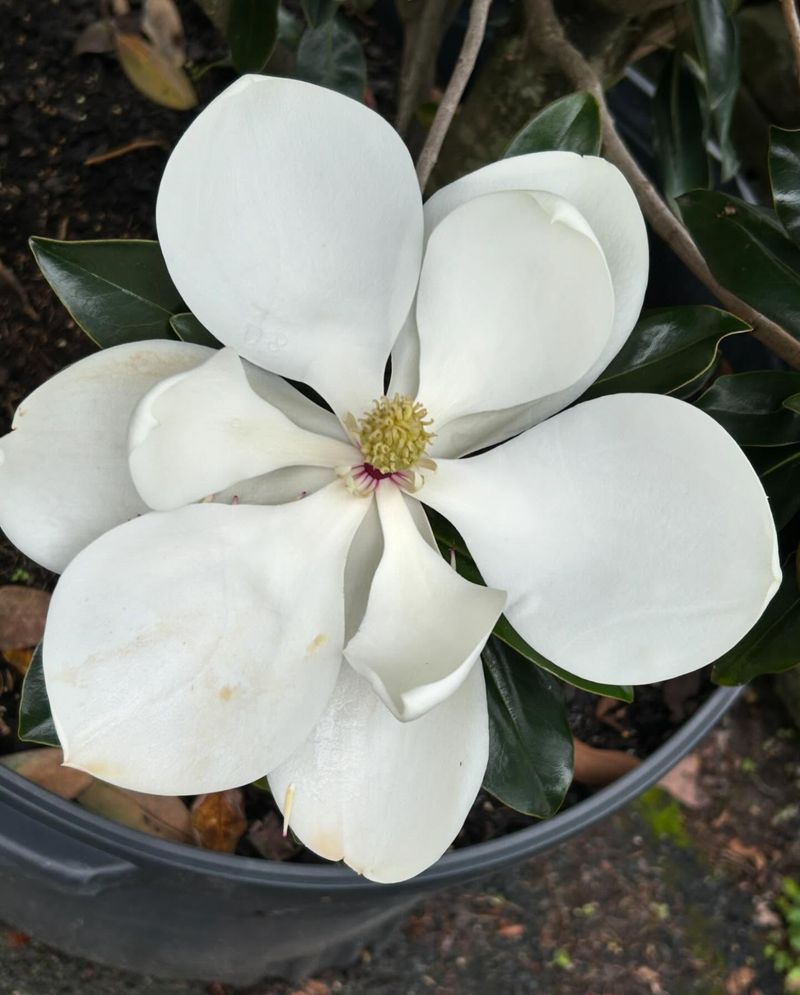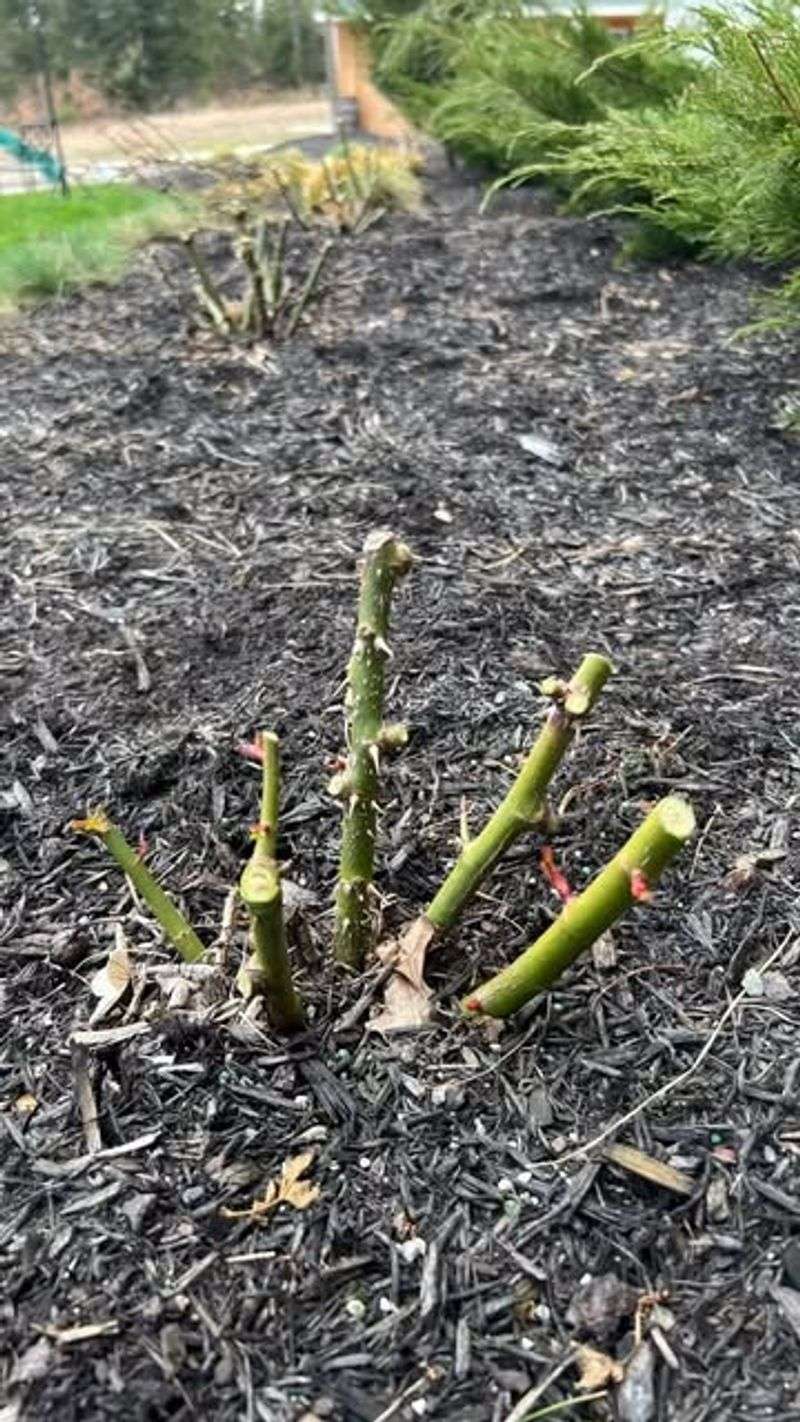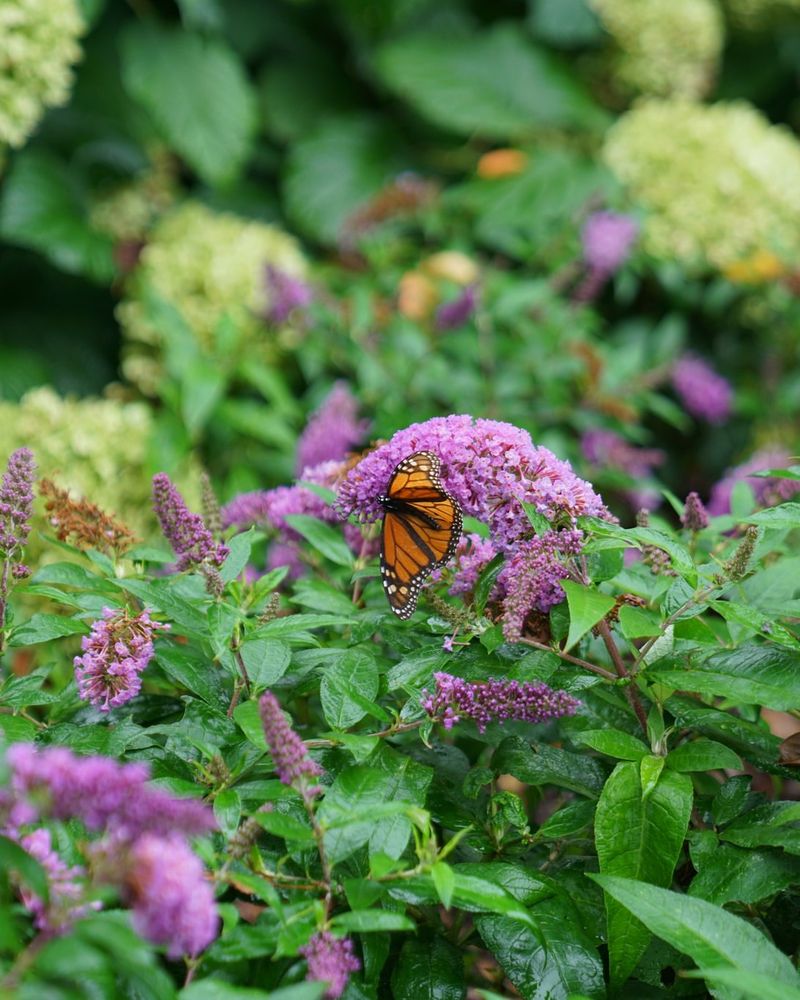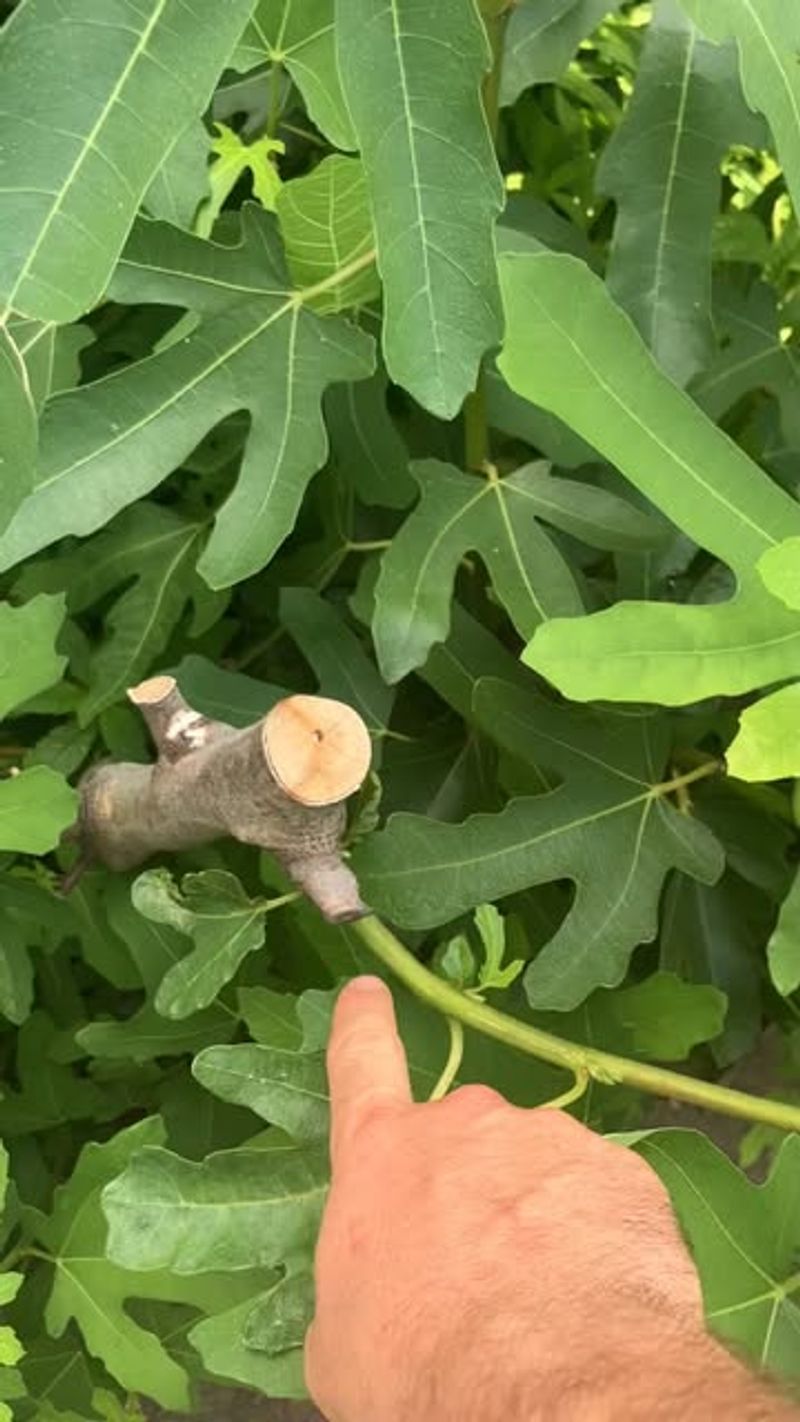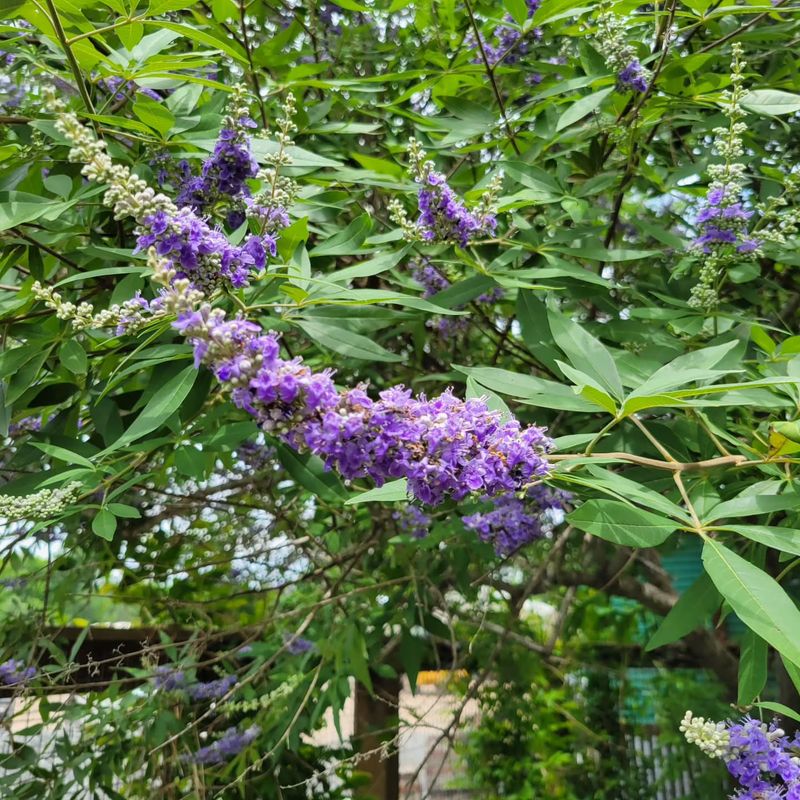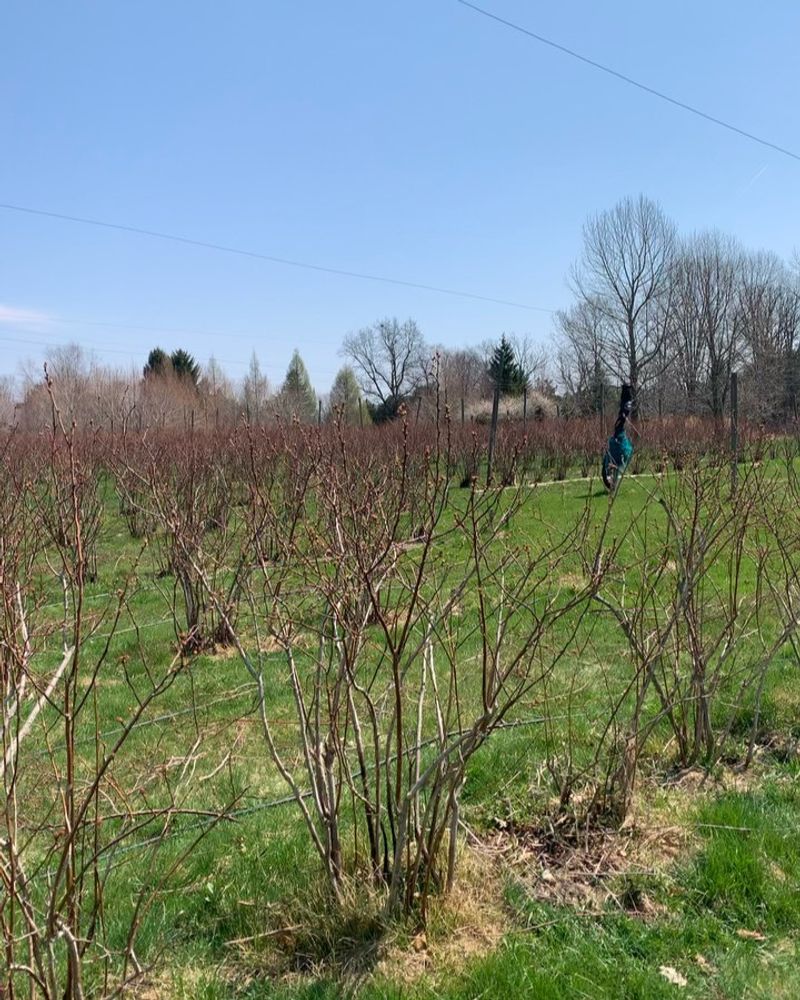Pruning keeps plants healthy and beautiful, but timing matters a lot, especially in Mississippi’s unique climate. Many gardeners accidentally harm their plants by cutting them back during the wrong season.
Knowing when to prune can mean the difference between flourishing gardens and damaged plants that struggle to recover.
1. Azaleas Get Snipped Too Late
Spring-blooming azaleas need pruning right after their flowers fade, usually by early summer. Many gardeners make the mistake of cutting them in fall or winter, removing next year’s flower buds.
Wait until those gorgeous blooms drop, then trim within 3 weeks. Summer pruning gives azaleas plenty of time to develop new buds for next spring’s show, ensuring your yard stays colorful year after year.
2. Crepe Myrtles Suffer From ‘Crepe Murder’
The infamous practice of chopping crepe myrtles to stumps each winter (called ‘crepe murder’) ruins their natural beauty. These graceful trees should only receive light pruning in late winter before new growth appears.
Focus on removing crossed branches and small suckers at the base. Severe cutting leads to weak, knobby growth and fewer summer blooms. Let these Southern favorites develop their elegant, multi-trunk form naturally.
3. Oakleaf Hydrangeas Lose Their Flowers
Many Mississippi gardeners accidentally remove flower buds when trimming oakleaf hydrangeas in late winter. These native beauties form next year’s buds in summer, so winter pruning sacrifices spring blooms.
Prune immediately after flowering finishes, usually by early July. Remove only dead wood and shape lightly. The distinctive oak-shaped leaves and peeling cinnamon bark provide winter interest, so avoid heavy pruning altogether.
4. Gardenias Cut Back In Fall
The sweet fragrance of gardenias disappears when gardeners prune them in fall. Fall pruning stimulates tender new growth that gets damaged by winter cold, weakening the entire plant. Instead, wait until after the spring bloom cycle ends.
Remove leggy branches and shape the shrub by early summer. For gardenias growing in northern Mississippi, it’s even more critical to avoid late-season pruning that might compromise cold hardiness.
5. Loropetalum Shrubs Trimmed At Bloom Time
The vibrant magenta flowers of loropetalum disappear when pruned during their peak spring show. Many gardeners get eager with shears right when these shrubs look their best, sacrificing the display. Hold off until after the blooming finishes, typically in late April or May.
Light shaping then gives plants time to set next year’s flower buds. These adaptable shrubs need minimal pruning anyway – just enough to maintain their naturally graceful form.
6. Japanese Maples Pruned In Early Spring
Japanese maples ‘bleed’ excessive sap when pruned during early spring, weakening these delicate trees. The flowing sap drains energy and can attract pests to the vulnerable tree. Summer is actually ideal for shaping these specimen trees.
Wait until July when sap flow slows. Remove only crossed branches and maintain the tree’s natural form. Many Mississippi gardeners incorrectly assume all trees need spring pruning, but these Asian beauties follow different rules.
7. Camellias Clipped After Summer Buds Form
Camellias brighten Mississippi winters with gorgeous blooms, but late pruning removes those precious flower buds. By mid-summer, these shrubs have already formed next season’s buds along their branches. Prune immediately after flowering ends, usually by early spring.
Focus on thinning interior branches to improve air circulation. Many gardeners mistakenly shape camellias in fall, then wonder why winter brings few flowers to enjoy during the coldest months.
8. Forsythia’s Yellow Show Gets Cancelled
The brilliant yellow forsythia signals spring’s arrival, but fall pruning removes the flower buds waiting for warm weather. These shrubs bloom on old wood, meaning next year’s flowers form soon after this year’s display ends.
Wait until the yellow blossoms fade completely before trimming. Cut the oldest stems to the ground rather than shearing the whole shrub. Many Mississippi gardeners mistakenly give forsythia a haircut during fall cleanup, then miss out on spring’s golden display.
9. Southern Magnolias Topped At The Wrong Time
Mississippi’s iconic southern magnolias develop flower buds in fall for next summer’s blooms. Pruning during fall or winter removes these developing buds, reducing the magnificent white flower display. If shaping is necessary, prune immediately after flowering ends in late summer.
These stately trees generally need minimal pruning – just remove lower branches if desired for clearance. Their natural pyramidal form provides the classic Southern landscape look without much intervention.
10. Knockout Roses Cut Back In Fall
Knockout roses thrive throughout Mississippi but suffer when heavily pruned in fall. Late pruning stimulates tender new growth that gets damaged by winter frosts, weakening the plants. Major pruning should happen in early spring, just as new growth begins.
Cut back by about one-third their height when you see the leaf buds swelling. Light deadheading during the growing season keeps them blooming, but avoid significant cutting after August.
11. Butterfly Bushes Pruned Too Early
Butterfly bushes (Buddleia) often get pruned too early in late winter, before Mississippi’s last frost date. This early cutting makes them vulnerable to late cold snaps that can damage new growth. Wait until new growth appears at the base, usually in mid-March for central Mississippi.
Then cut stems back to about 12-18 inches tall. Many gardeners mistakenly prune with other shrubs in February, not realizing these summer bloomers follow different timing rules.
12. Fig Trees Cut During Winter Dormancy
Fig trees produce fruit on last year’s wood, so winter pruning removes potential fruit. Mississippi’s climate allows abundant fig production, but incorrect timing ruins the harvest. Prune figs after harvest in late summer.
Remove only damaged branches and thin overcrowded areas to improve air circulation. Many gardeners mistakenly assume all fruit trees need winter pruning, but figs follow different rules. For young trees, wait until the third year before any significant pruning.
13. Vitex Trees Shaped In Fall
Vitex (chaste tree) produces gorgeous purple flower spikes that attract butterflies throughout Mississippi gardens. Fall pruning removes developing buds for next year’s display. The best time to prune vitex is late winter before new growth emerges.
Cut back by about one-third to maintain shape and encourage more flower production. These drought-tolerant trees respond well to heavier pruning every few years to rejuvenate older specimens.
14. Blueberries Trimmed During Fruiting Season
Blueberry bushes grow beautifully in Mississippi’s acidic soils but suffer when pruned during their productive season. Cutting while berries are forming reduces harvest and stresses plants during their energy-intensive fruiting period. Wait until plants are fully dormant in late winter.
Remove older canes that produced for 3-4 years, keeping younger, more productive stems. Many gardeners prune while harvesting, thinking it’s convenient, but this timing significantly reduces both current and future yields.
15. Indian Hawthorn Sheared After Flower Buds Form
Indian hawthorn shrubs bring spring beauty to Mississippi landscapes, but late-season pruning removes developing flower buds. By late summer, these evergreen shrubs have already set buds for next spring’s pink or white blooms.
Prune immediately after flowering finishes, usually by early June. Avoid shearing into formal shapes – instead, selectively prune to maintain natural form. Their slow growth means they need minimal maintenance anyway, just occasional thinning to improve air circulation.


